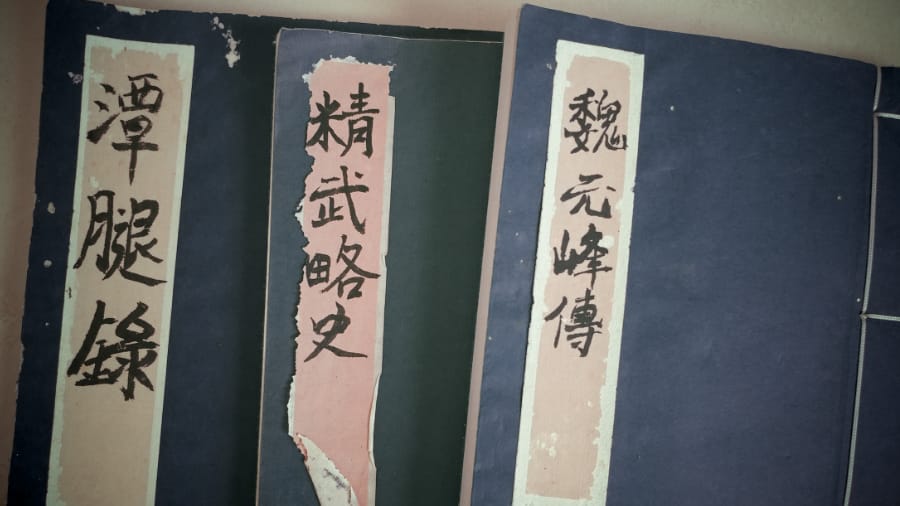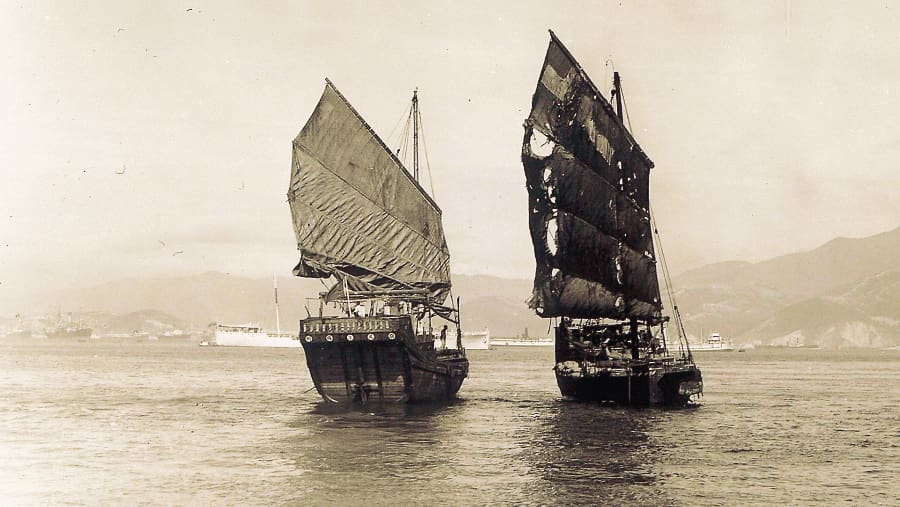This essay expounds on the preservation of the Chinese art of stealth within the Warrior Heart 戰士心 lineage, detailing how its survival was ensured across strict Chinese lines of transmission and even the destruction of the Chinese cultural Revolution. It serves as a case study in cultural preservation within both the Chinese diaspora and the sinologist community.
The Chinese Cultural Revolution
The Chinese Cultural Revolution (1966-1976) stands as the single most devastating force in the decline of traditional Chinese martial arts. Spearheaded by Mao Zedong’s 毛澤東 radical push to overhaul Chinese society, the revolution sought to eliminate perceived ‘feudal’ elements, targeting institutions, intellectuals, and long-standing cultural practices. Martial arts, deeply entwined with China’s rich cultural heritage, were among the primary victims, as they were seen as outdated, historical and cultural nonsense. Kung fu schools, temples, and martial arts masters were persecuted, leading to the destruction of ancient lineages and the loss of invaluable knowledge. Training halls were shut down, martial arts were demonized as counter-revolutionary, and many practitioners were publicly humiliated or even killed. This period of violent upheaval not only fractured centuries-old traditions but also resulted in the forced cessation of many martial arts practices, decimating their development and leaving lasting scars on Chinese martial arts culture.
The reason the Warrior Heart 戰士心 lineage and its associated martial tradition survived the Chinese Cultural Revolution is straightforward: the custodians of the tradition at the time, the Ye 葉 family, had left China in the late 1800s, with their final relatives departing in the early 1900s, well before the widespread destruction began. This family migration has been documented in the lineage manuscripts shown below.

Handwritten manuscripts from the Warrior Heart School 戰士心門, documenting the Ye 葉 family’s emigration from China to Malaya in the late 1800s.
Transmission Across Cultures
The transmission of traditional martial arts knowledge from Kwan Yuen Cheong 關潤昌, the 6th-generation inheritor, to us, Noelle and Leslie Conn, was a journey filled with obstacles and cultural transformation. The knowledge he held had nearly vanished by the time we came along, and our attempts to learn it were met with formidable challenges. We knew this knowledge was at risk of disappearing, and we were determined to preserve it – but we also knew that doing so would not be easy.
Our first attempts to join the surrounding martial arts community were filled with resistance. Suspicion surrounded our desire to learn this knowledge, and the broader martial arts network, especially within the Chin Woo 精武 community, was hostile to outsiders. While Noelle, being Chinese, eventually gained a degree of acceptance, I (Les), was met with far more resistance. This exclusion was more than a personal hurdle; it demonstrated the depth of cultural barriers around traditional secrecy and the reluctance to accept a non-Chinese student. understandable considering the shame and misery the Western powers had inflicted on the Chinese in the past.
The struggle reached a breaking point, where our relationship with Kwan Yuen Cheong 關潤昌 nearly ended. It became almost impossible to continue training in the face of escalating tension from the Chin Woo 精武 community. But Master Kwan 關 saw our dedication and commitment to learning, and he made the bold decision to continue teaching us in private, on secluded rooftops. This unconventional method was indeed risky – teaching martial arts without authorisation could bring a minimum of a five-year legal penalty for all of us. But it was Master Kwan’s 關 only choice if we were to carry on our training. This secrecy, which had traditionally been about safeguarding the knowledge, now had a different reason – to shield us from external pressures of the martial community in question.
In these hidden sessions, Master Kwan Yuen Cheong 關潤昌 accepted us as closed-door students, offering the deepest insights into knowledge that had been passed down through generations. His act of trust broke with convention, but he saw that few were willing to dedicate themselves to this art in its entirety. The transmission of this knowledge now rested with us, a Eurasian couple, who had to defy cultural expectations and institutional resistance to carry it forward.
After years of training, an unforgettable moment arrived with the birth of our daughter, Onyx, in 2010. When Master Kwan 關 held her in his arms and declared her to be his granddaughter, we understood the profound significance of his words. This was a powerful gesture in Chinese culture, acknowledging our relationship had become deeper than that of teacher and students. Through this bond, he formally recognised Onyx as the 8th generation, ensuring the art’s future beyond our generation.
With Master Kwan’s 關 blessing, we took up the responsibility of teaching and sharing the art through martial arts schools across the Far East and South Africa. The journey was not without setbacks; the COVID-19 pandemic hit hard, forcing the closure of our Far Eastern schools and restricting transmission solely to Southern Africa. Despite this, our dedication remains strong as we continue teaching and passing on what we learned under such unique circumstances.
Our journey is still unfolding. The transmission of this ancient art, now stretching across eight generations, lives on as we strive to keep it alive. What began as an art on the brink of being forgotten has become a testament to resilience and cultural fusion, a legacy that we are committed to preserving and passing on.

